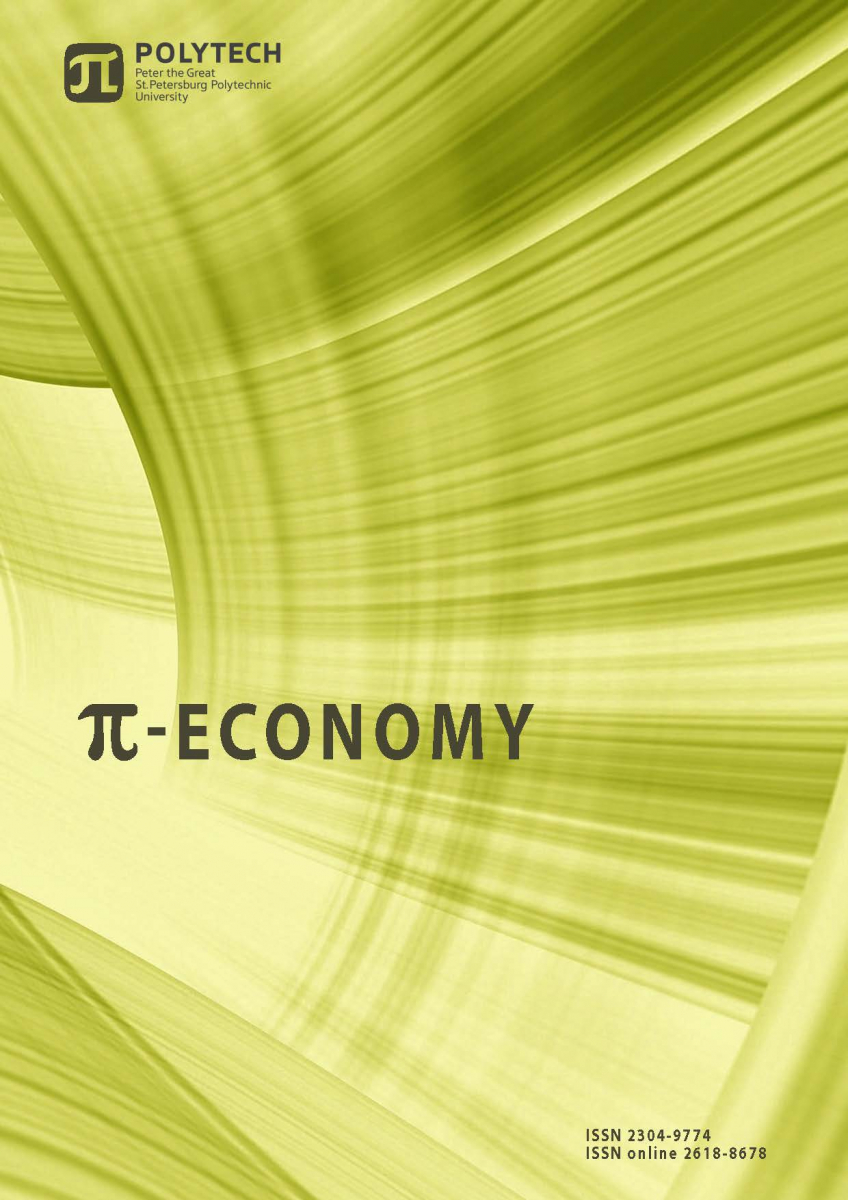Econometric modelling of oil export countries development
The Organization of the Petroleum Exporting Countries (OPEC) brings together the largest oil exporters from around the world, which determine the volumes of supplies and prices of hydrocarbons on the global market. However, their income directly depends on demand, which is influenced by the economic conditions and growth rates of the world’s leading economies. Therefore, the purpose of this study is to analyze the relationship between macroeconomic indicators and the GDP of OPEC members. For this analysis, data from 11 OPEC countries for the period from 1990 to 2023 were collected. The relationships between variables were estimated using pooled regression models, as well as models with random and fixed effects. The Hausman test was used to choose between fixed and random effects models. The Akaike information criterion (AIC) and Bayesian information criterion (BIC) were used to choose between models in the same group. Additionally, the likelihood ratio test (LR test) was used to test the models are nested. The dependent and independent variables were logarithmized. Furthermore, the squares of independent variables were incorporated into the model to detect nonlinear dependencies. Significant nonlinear relationships were identified between the economic development of OPEC countries, expressed in GDP and several indicators, including daily oil production, population, daily world demand for oil, exchange rate, spot price of the mail oil brand, unemployment. At the same time, a J-shaped dependence was observed only for the population of oil-exporting countries, while an inverse J-shaped dependence was observed for daily world demand for oil. The latter may potentially suggest symptoms of Dutch disease in the countries under study during periods of high world demand for oil. The findings of the study could be used to improve the economic policies of OPEC countries.


